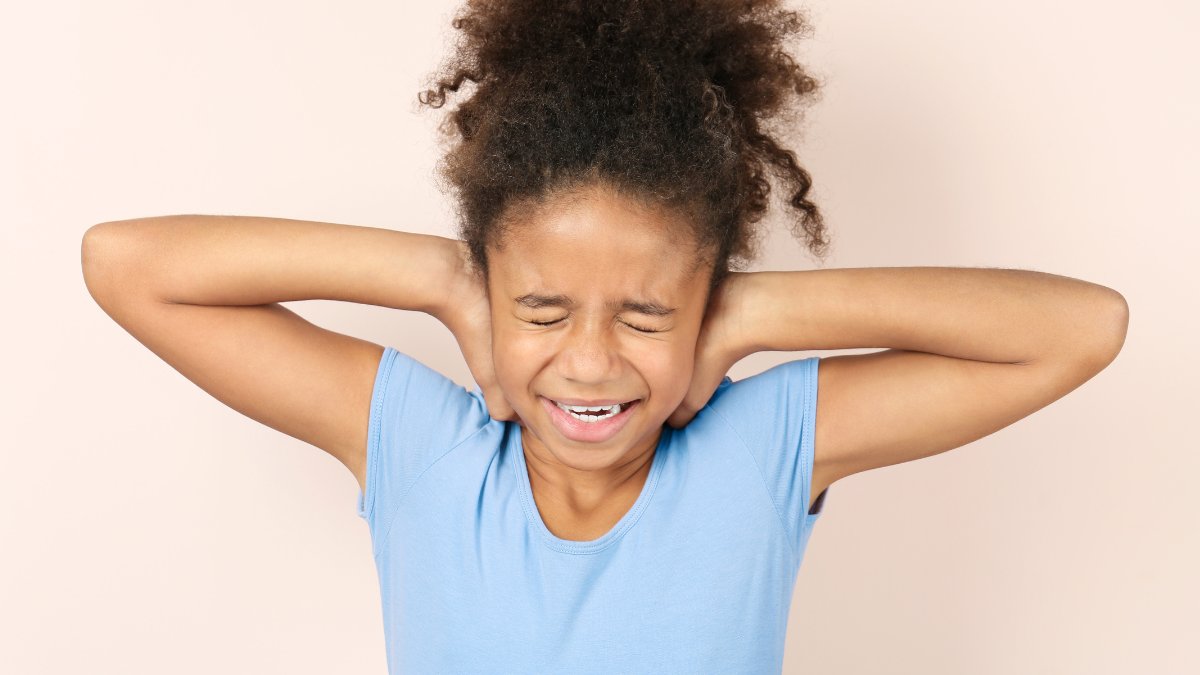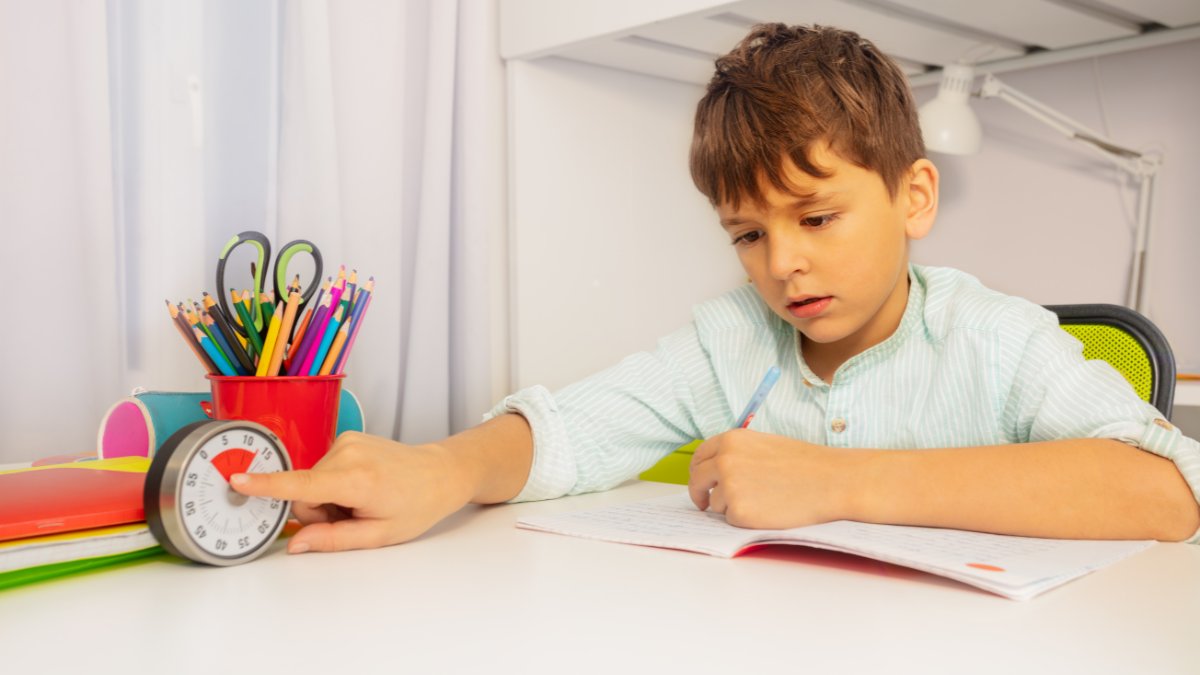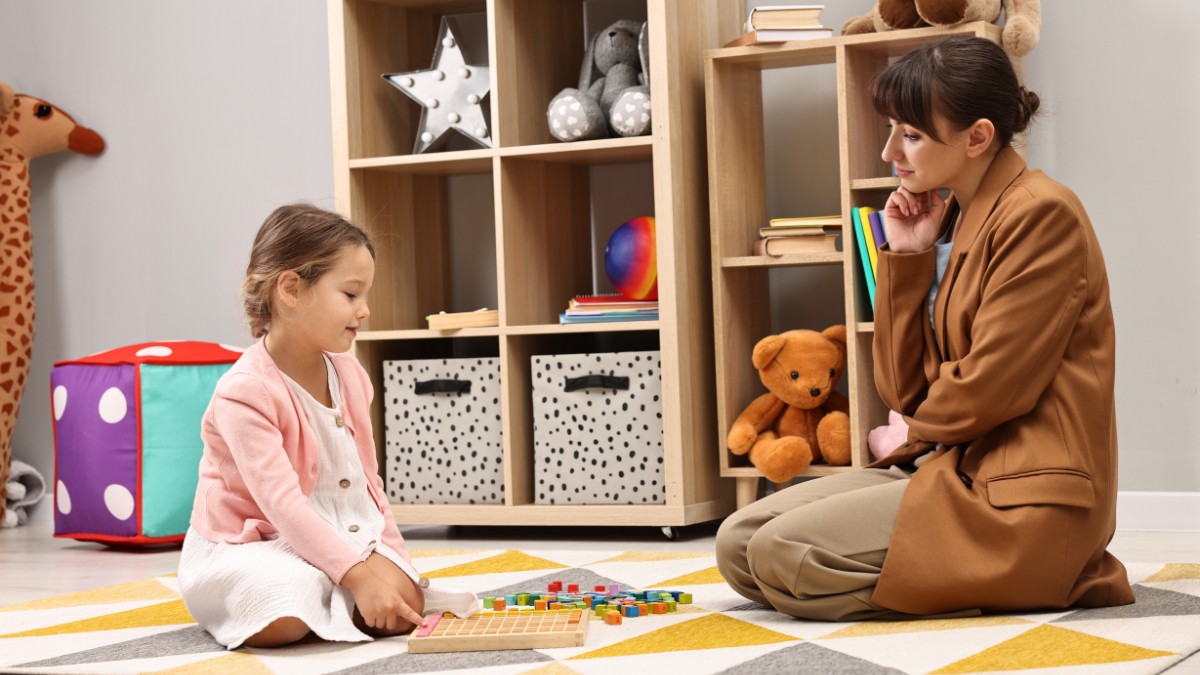Do People With Autism Get Injured More?
While autism itself doesn't cause injuries, research shows that individuals with autism are at a higher risk of experiencing injuries than neurotypical individuals.

Do People With Autism Get Injured More?
Autism is a developmental disorder that affects communication, behavior, and social skills.
It's estimated that 1 in 36 children in the United States are diagnosed with autism spectrum disorder (ASD).
One reason why individuals with autism are more prone to injuries is because of their tendency to engage in repetitive behaviors.

This can include hand-flapping, body rocking, or other types of self-stimulatory behaviors. While these behaviors aren't harmful in and of themselves, they can become dangerous if they're done in unsafe environments or around hazardous objects.
Another factor that contributes to the higher risk of injury for individuals with autism is their difficulty with sensory processing.
Many individuals with autism have sensory sensitivities, which can make them more sensitive to certain stimuli such as loud noises or bright lights. This can cause them to become overwhelmed and disoriented, which can lead to accidents or injuries.
Additionally, individuals with autism may struggle with motor coordination and balance. This can make it difficult for them to navigate their environment safely, leading to falls or other types of accidents.
So, what can be done to prevent injuries in individuals with autism? One important step is to create a safe and sensory-friendly environment.
This can include modifying the physical environment to reduce hazards and providing sensory accommodations such as noise-cancelling headphones or calming spaces.
It's also important to provide clear rules and guidelines for behavior and to supervise individuals with autism when they're engaging in potentially dangerous activities. Another important step is to provide education and training for both individuals with autism and their caregivers.
This can include teaching safety skills such as crossing the street or using the stove safely, as well as providing resources and strategies for managing sensory sensitivities and repetitive behaviors.
What's The Connection Between Getting Injured and Autism?
People with autism are more likely to get hurt than those without it. This is because they can have trouble with things like processing sensory information, coordinating their movements, and keeping their balance.
For example, they might be more sensitive to things like loud noises or bright lights, which can make them feel overwhelmed and confused. This can lead to accidents or injuries. They might also have a hard time moving around safely without falling or bumping into things.
Another issue is that people with autism might not always recognize when something is dangerous. This is because they might have trouble communicating with others or understanding social cues. For instance, they might not know that something is hot or sharp.
It's important to remember that everyone with autism is different. That means that it's crucial to understand each person's strengths and weaknesses when coming up with a plan to prevent injuries.

10 Reasons Why People With Autism Get Injured More
- Sometimes, people with autism can get overwhelmed and disoriented in certain environments because of sensory sensitivities. This can make them more prone to accidents or injuries.
- People with autism may engage in repetitive behaviors like hand-flapping or body rocking. While these behaviors aren't harmful on their own, they can become dangerous if done in unsafe environments or around hazardous objects.
- People with autism might not always recognize when something is dangerous because they might have trouble communicating with others or understanding social cues.
- Many people with autism struggle with motor coordination and balance, which can make it difficult for them to navigate their environment safely.
- Some people with autism may have difficulty judging distances or spatial relationships, which can increase their risk of accidents or injuries.
- People with autism may struggle with impulsivity, making them more likely to take risks that could result in injury.
- People with autism may have difficulty expressing themselves or understanding others, which can make it hard for them to ask for help if they are injured or feel unsafe.
- Some people with autism may not have learned basic safety skills such as crossing the street safely or using sharp objects like knives and scissors.
- Anxiety is common among people with autism, and high levels of anxiety can increase the risk of accidents and injuries.
- Many people with autism thrive on routine and predictability, so unexpected changes in their environment or daily routine can cause stress and confusion, increasing the risk of accidents and injuries.
FAQs
Q: Are there certain types of injuries that people with autism are more likely to experience?
A: Yes, studies have shown that individuals with autism are more prone to head injuries, fractures, and burns than those without autism. This is because they may have difficulty processing sensory information and coordinating their movements, and they may engage in repetitive behaviors that put them at risk.
Q: How can I keep my child with autism safe from injuries?
A: The key to preventing injuries in individuals with autism is to create a safe and sensory-friendly environment.
This can involve making changes to the physical environment to reduce hazards, providing sensory accommodations like noise-cancelling headphones or calming spaces, setting clear rules and expectations for behavior, and closely supervising your child during activities that could be dangerous.
It's also important to provide education and training for both your child and their caregivers to teach safety skills like crossing the street or using the stove safely.
Q: What should I do if my child with autism gets hurt?
A: If your child is injured, it's important to seek medical attention if necessary. You should also provide comfort and support for your child during this time. For some children with autism, this may involve using visual aids or social stories to help them understand what happened and what will happen next.
It's also important to work with your child's healthcare provider or therapist to develop a plan for preventing future injuries.



.jpg)
.jpg)
.jpg)
.jpg)
.jpg)






